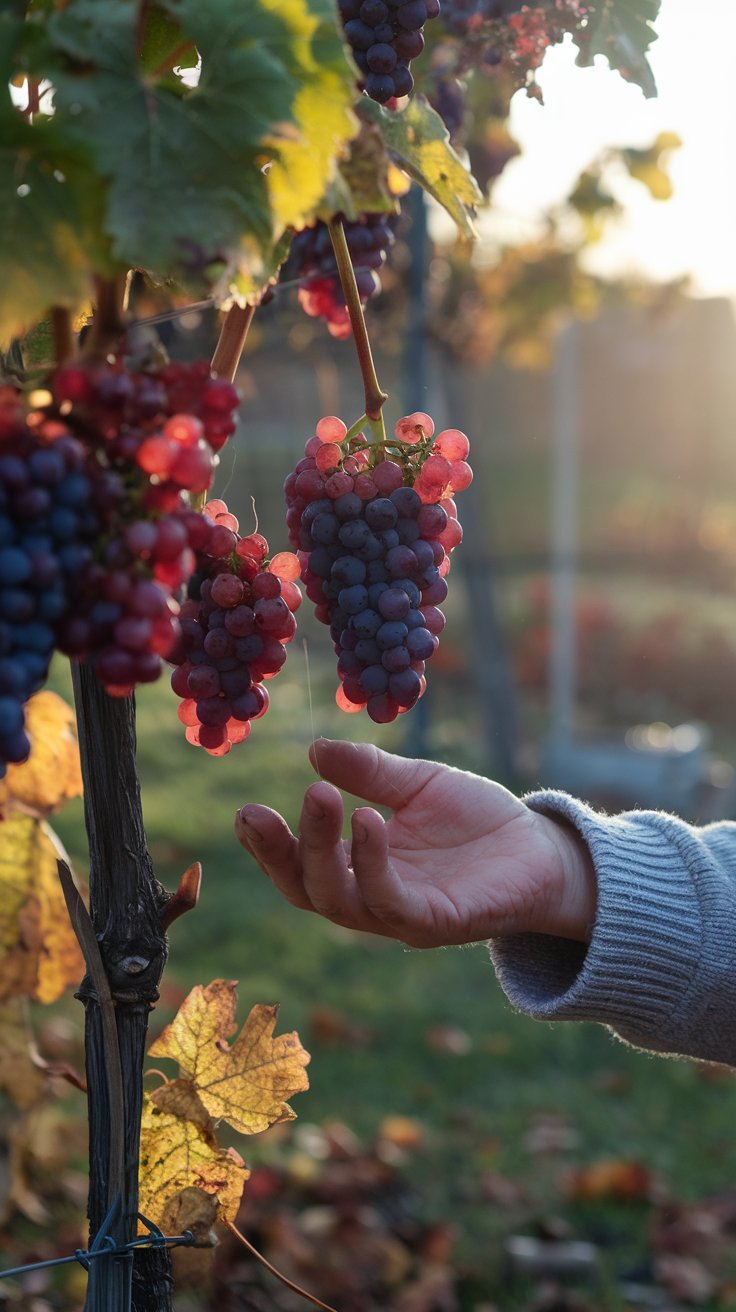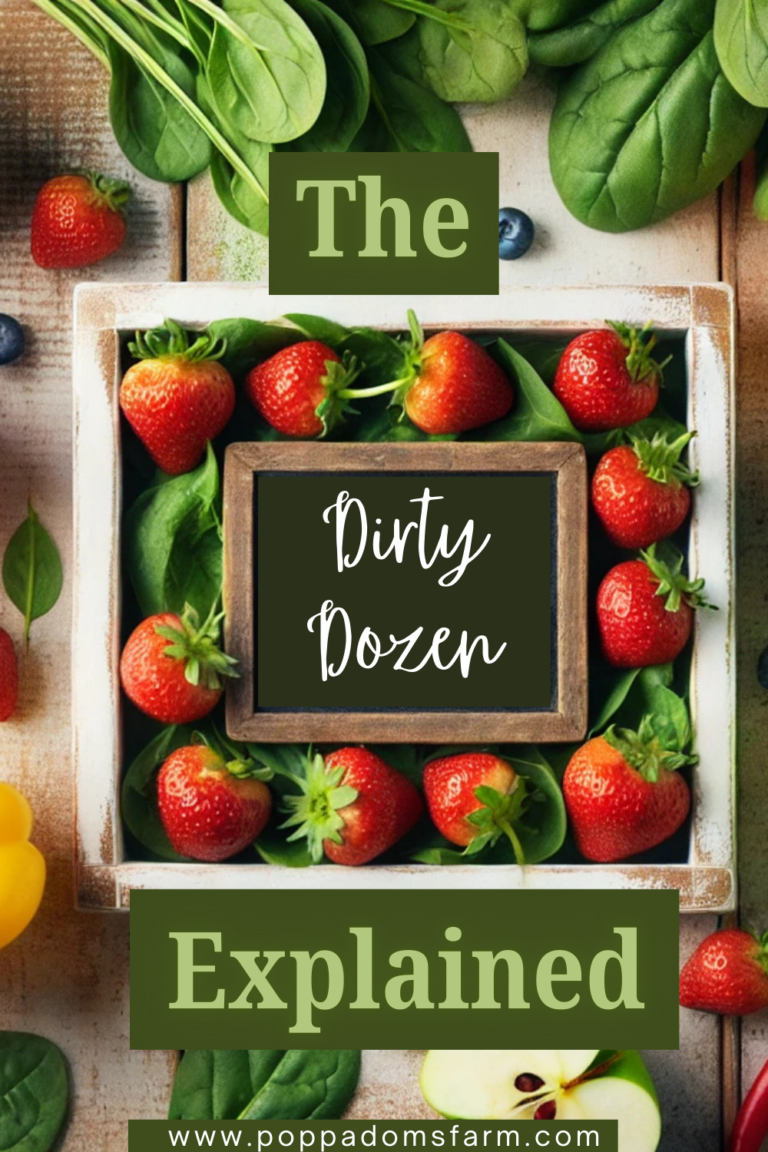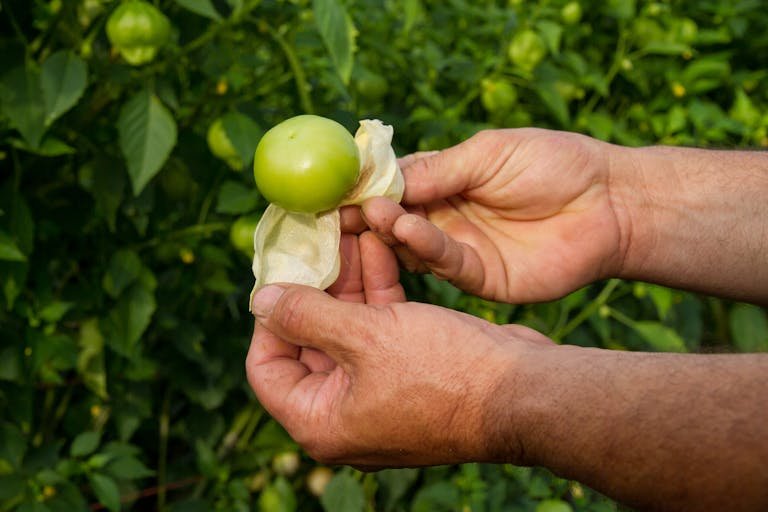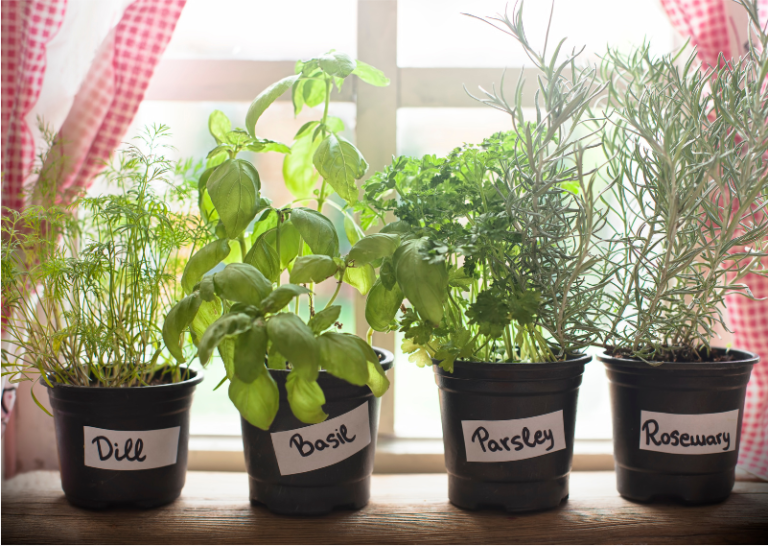


The best garlic for black garlic isn’t just any bulb you grab from the supermarket shelf. If you want that, molasses-like sweetness, deep umami kick, and that buttery-soft texture, you need to start with the right variety. Because trust me—garlic matters.
Here on our little farm in Killarney, we’ve spent years perfecting our Killarney Black Garlic, and it all begins with choosing the best bulbs. We don’t just ferment any old garlic. We grow our own, ensuring every clove is free from chemicals and packed with the natural sugars needed to transform into that jet-black, caramelized goodness.
Not all garlic behaves the same in the fermentation process. Some varieties turn dry and crumbly, others develop a sharp, bitter edge, but a select few—like our beloved Elephant garlic—ferment into something extraordinary. With its plump cloves and mild, sweet nature, Elephant garlic produces some of the most luxurious black garlic you’ll ever taste.
So, whether you’re making black garlic at home or just wondering why some black garlic is superior to others, the journey starts with the bulb. In this guide, we’ll explore the garlic varieties that yield the best results—because when it comes to crafting that irresistible, sweet-savory magic, the right garlic makes all the difference.
Some of the links in this post are affiliate links, including links to products on Amazon. This means if you click and make a purchase, I may earn a small commission at no extra cost to you. I only recommend items I genuinely love and believe could add value to your life. Thank you for supporting this blog—it helps keep the content free and full of ideas just for you!
Understanding Black Garlic: The Fermentation Fairy Tale
Black garlic isn’t just a kitchen trend—it’s a slow alchemy, a transformation so magical that even the most humble garlic clove emerges on the other side as something rich, complex, and almost otherworldly. If ordinary garlic is the scrappy farmhand in a fairy tale, black garlic is the wise old wizard, cloaked in midnight and brimming with deep, umami secrets.
It all begins with patience. Fresh, sharp white garlic is gently heated over weeks in a carefully controlled environment, where time, warmth, and humidity weave their spell. Slowly, its pungency softens, its sugars deepen, and what once had the power to ward off vampires now tastes like a sweet, molasses-kissed balsamic reduction.
The Maillard Reaction: The Science Behind the Magic
At the heart of this transformation is the Maillard reaction—a fascinating process that occurs when amino acids (proteins) and natural sugars react under heat, creating hundreds of new flavor and aroma compounds. It’s the same reaction responsible for the golden crust on baked bread, the rich caramelization of roasted coffee beans, and the deep umami flavors in seared steak.
But here’s the twist—while Maillard reactions usually happen at high temperatures (like roasting or grilling), black garlic undergoes this process slowly, over several weeks, at much lower temperatures (60-90°C or 140-200°F) in a humid environment. Instead of charring or burning, the garlic’s natural enzymes gently break down, developing a mellow, slightly tangy, and almost balsamic-like sweetness. The harsh, sulfuric bite of raw garlic disappears, replaced by a deep, savory complexity that’s utterly irresistible.
Bringing Black Garlic to Your Kitchen
Black garlic isn’t just about flavor—it’s a nutritional powerhouse, too. This slow fermentation process supercharges its antioxidant levels, making it not only delicious but packed with potential health benefits. No wonder chefs and home cooks alike are falling under its spell, swirling it into sauces, spreading it on toast, and adding it to dishes that demand a little something special.
If you’re curious about making your own black garlic at home, this step-by-step video is a great place to start:
And for an even deeper dive into the art of fermentation, Homemade Black Garlic: The Foolproof Way by Véronique Germain is an excellent guide filled with practical tips and techniques.
Of course, if patience isn’t your strong suit, you don’t have to wait weeks to enjoy it. Our Killarney Black Garlic is already aged to perfection, ready to add that irresistible sweet-savory magic to your kitchen.

Elephant Garlic: The Surprising Black Garlic Star
If there’s one thing we’ve learned over the years, it’s that bigger really can be better—especially when it comes to Elephant garlic. This hulking allium might masquerade as garlic, but it’s actually more closely related to leeks. And yet, when it comes to making black garlic, it’s nothing short of a culinary superstar.
Unlike its smaller, sharper cousins, Elephant garlic has a naturally mild, buttery flavor with an impressive sugar content—exactly what you want for black garlic fermentation. The result? A deep, almost caramel-like sweetness that’s smoother and more nuanced than traditional varieties, making it perfect for everything from rich sauces to sweet-savory experiments.
But for us, the real joy starts long before it ever reaches the kitchen. Every year, we dedicate more and more space to these gentle giants, and every year, Gar beams with pride as the bulbs get bigger and bigger—an unspoken competition with himself that we all enjoy watching. And when harvest time arrives? That’s when the real fun begins. There’s something incredibly satisfying about digging up these massive, golden-skinned beauties, each one a reward for months of careful growing.
We sell a lot of seed cloves every year, and they never disappoint. If you haven’t tried growing your own yet, now’s the perfect time to start—trust us, you’ll never look at regular garlic the same way again. Check out our Elephant garlic seed cloves here!

Top Garlic Varieties for Black Garlic Production
Choosing the right garlic for black garlic is like casting the lead in a culinary blockbuster – you need stars that can truly transform and shine under pressure.
Hardneck varieties,
with their rich history and complex flavor profiles. They bring a theatrical flair to the black garlic production that softneck varieties can only dream about.
- Music Garlic leads the hardneck pack. A true rock star of the garlic world that got its name from the musical heritage of the Canadian farmers who first cultivated it. Big, beautiful cloves with a purple-streaked sophistication that screams gourmet potential.
- German White Garlic enters the scene like a precision engineer. It offers consistent performance and clean, crisp flavors that translate beautifully into the deep, complex world of black garlic.
- The German Red variety brings a spicy undertone to the party. Rich, slightly fiery characteristics that mellow into a complex sweetness during the fermentation process. Definitely a favorite among chefs who love a bit of culinary drama.
On the softneck side,
- California Early Garlic proves that sometimes the reliable workhorse can be the most impressive performer. This one adapts to various growing conditions and producing a mild, crowd-pleasing black garlic that works in virtually any dish.
- Silverskin Garlic struts onto the stage with its long storage life and adaptable flavor. A true virtuoso that can handle the transformative journey of black garlic production with grace and style.
Each variety brings its own unique personality to the black garlic process – some bold and spicy, others mild and sweet. Creating a symphony of flavors that can elevate any dish from ordinary to extraordinary. The magic of the production lies in understanding these subtle differences, in knowing how each variety will respond to heat, humidity, and time.
It’s a delicate dance of science and art. Where the right garlic variety can turn a simple fermentation process into a culinary masterpiece that tells a story with every sweet, complex bite.
Choosing the Best Garlic for Black Garlic: It’s All in the Details
Picking the right garlic for black garlic isn’t just a decision—it’s an art form. Think of yourself as a matchmaker, pairing the perfect variety with the fermentation process to create something truly magical. And trust us, not all garlic is up for the challenge.
Sugar Content: The Secret to Deep, Sweet Flavor
When it comes to black garlic, sugar reigns supreme. The more natural sugars packed into those cloves, the richer and more complex the final flavor will be. That’s why Elephant garlic is such a star—it has a high sugar content that transforms into a molasses-like sweetness after fermentation, making it one of our personal favorites.
Moisture Levels: The Unsung Hero
Moisture balance is where the magic happens. Too dry, and your garlic ends up tough and brittle. Too wet, and you risk an unwelcome fermentation disaster. This is why properly cured, homegrown garlic has an edge—you know exactly how it was stored and handled before it starts its transformation.
Bigger Cloves, Better Results
Size does matter when it comes to black garlic. Larger, plumper cloves not only ferment more evenly, but they also help smooth out any small mistakes along the way. And if you’ve ever seen the massive Elephant garlic bulbs we dig up every summer, you know why we’re obsessed. They’re practically made for this process.
The Power of Growing Conditions
Garlic is like fine wine—where it’s grown changes everything. Soil quality, climate, and even how it’s harvested all affect the final product. That’s why we put so much care into our garlic beds each year, knowing that every clove will carry a little bit of our farm’s unique terroir straight into the fermentation process.
Organic vs. Conventional: A Flavor Debate
Some say the difference is subtle, but when you’re making black garlic, even the smallest details matter. Organic garlic, grown without chemicals, often develops a cleaner, purer taste in fermentation—one reason we grow our own, ensuring every bulb is nurtured naturally from start to finish.
At the end of the day, making black garlic is so much more than tossing cloves into a slow cooker. It’s about understanding the science, respecting the growing process, and choosing the best garlic possible. If you’re looking to start your own black garlic journey, why not begin with the best? Check out our premium Elephant garlic seed cloves here!
Home Fermentation Tips: Your Black Garlic Survival Guide
Making black garlic at home is a bit like becoming a kitchen alchemist, where a simple bulb transforms into a deeply complex, umami-rich treasure—if you have the patience to see it through. Over the years, we’ve perfected our own fermentation process, and let’s just say, Gar has developed a sixth sense for knowing when a batch is just right.
Pick Your Fermentation Sidekick
Before you begin, you’ll need a bit of equipment—don’t worry, nothing too fancy. A rice cooker, a food dehydrator, or a specialized black garlic fermenter will do the trick. If you plan on making batch after batch (which, let’s be real, you will), a dedicated black garlic fermenter is your best bet. Some of our top picks:
- YUCHENGTECH 6L Black Garlic Maker Full Automatic Black Garlic Fermenter Intelligent Control Black Garlics Maker Multiple Clove Garlic DIY Cooker Garlic Black Garlic Ferment Box Pot. Check it out here.
- MLGB Black Garlic Fermenter – A step up in quality, this model allows for temperature control customization, letting you tweak settings for different garlic varieties. Its non-stick inner pot ensures even heat distribution, preventing hot spots that can ruin a batch. Find it on Amazon.
- GEHPYYDS Multi-Functional Yogurt, Natto, Black Garlic Fermentation Machine 5L/6L/7.5L Black Garlic Automatic Fermenter Garlic Maker, Intelligent Black Garlic Fermenter,7.5L. Shop it here.
Temperature: The Secret Ingredient
Temperature makes or breaks black garlic. You’re aiming for a steady 140–170°F (60–77°C) for anywhere from two to four weeks. It’s a slow, transformative heat that coaxes out every bit of sweetness and depth. Rush it, and you’ll regret it.
Humidity: The Silent Partner in Flavor Development
Think of humidity as the guardian of moisture—too little and your garlic dries out, too much and you risk spoilage. Aiming for 70–80% humidity keeps your cloves plump and on their way to umami perfection.
Cleanliness is Next to Garlic-ness
Sterilization is key. You don’t want uninvited microbial guests turning your black garlic into an unfortunate science experiment. Clean your fermenter, trays, and hands like your culinary reputation depends on it (because it does).
Timing: The Patience Test
This is where the real magic happens. Pull your garlic too soon, and it’ll lack that deep, balsamic-like sweetness. Leave it too long, and you might end up with charred disappointment. Different garlic varieties ferment at slightly different rates, and over time, you’ll learn to read the signs—like a black garlic whisperer.
Storage: The Final Step
Once your garlic reaches peak perfection, store it in an airtight container in a cool, dry place. Want to extend its shelf life? Pop it in the fridge and it’ll stay rich, soft, and spreadable for months.
Common Black Garlic Blunders (So You Don’t Make Them!)
- Temperature too high? Say hello to burnt cloves.
- Humidity too low? Expect sad, dry garlic.
- Impatience kicking in? Wait it out—good things take time.
By the time you’ve finished your first batch, you won’t just have a jar of liquid gold—you’ll have the kind of kitchen confidence that makes you high-five yourself every time you taste that perfect, sweet-savory bite.
Conclusion: A World of Flavor Awaits
Black garlic isn’t just an ingredient—it’s an invitation to experiment. Its deep, molasses-like sweetness and umami punch can transform anything from simple spreads to gourmet creations. Whether you’re stirring it into soups, blending it into sauces, or even sneaking it into desserts (yes, really!), the possibilities in the kitchen are as endless as your imagination.
If you’re eager to dive into some mouthwatering black garlic recipes, we’ve got you covered. Check out these guides for your next culinary adventure:
- Black Garlic: The Flavor Bomb You Need Now! – This is all about Marinades and Sauces.
- Black Garlic vs. Raw Garlic – Ever wondered how they compare? Here’s a deep dive into their flavors, health benefits, and best uses.
- How to Cook with Black Garlic: A Beginner’s Guide for 2025 – Tips, tricks, and unexpected ways to work this ingredient into your daily meals, including 5 great recipes.
So go ahead—embrace the magic of fermentation, unleash your inner chef, and let black garlic take your cooking to a whole new level. We’d love to hear how you’re using it, so drop a comment or tag us in your creations!






